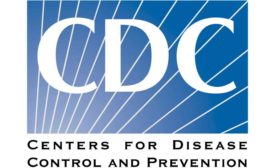OSHA
Company could have prevented worker's severe injuries
Read More
Milling company to pay $1.8M after 2017 explosion killed 5 workers
Company also agreed to make extensive safety and health improvements
December 21, 2023
OSHA switches from traditional hard hats to safety helmets
Agency says they offer better protection from head injuries
December 12, 2023
Poorly-written job descriptions expose organizations to unnecessary risk
Consider these best practices to protect your company
December 1, 2022
The real costs of eye injuries
Risks include permanent damage, financial stress and job loss
November 1, 2022
Become a Leader in Safety Culture
Build your knowledge with ISHN, covering key safety, health and industrial hygiene news, products, and trends.
JOIN TODAYCopyright ©2025. All Rights Reserved BNP Media.
Design, CMS, Hosting & Web Development :: ePublishing









